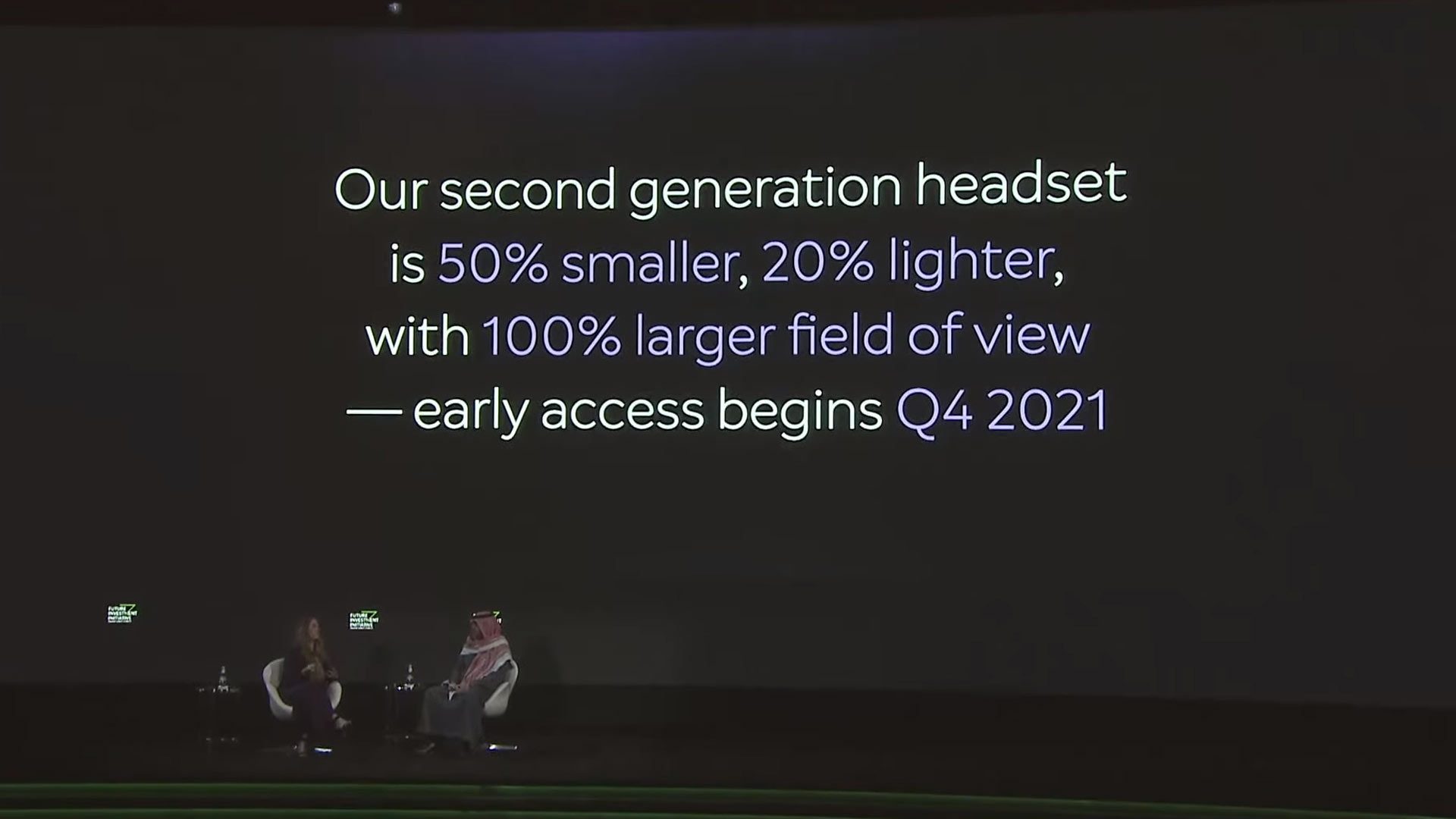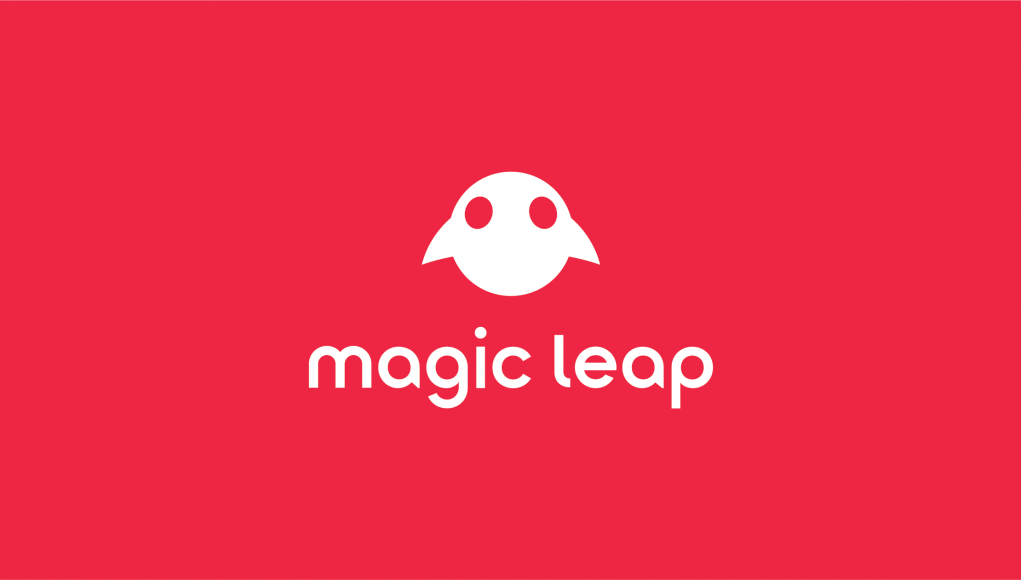Magic Leap is getting ready to ship out its so-called ‘Magic Leap 2’ AR headset at the end of this year, which will be done via an early adopter program.
Update (April 21st, 2021): Speaking to Protocol, Magic Leap CEO Peggy Johnson reconfirmed that the company’s next-gen follow-up, officially named Magic Leap 2, is headed to select enterprise partners in the fourth quarter of this year.
Additionally, Johnson said general availability is slated for the first quarter of 2022.
There’s no information on price or hard specs, however Johnson reconfirmed it will be “half the size, about 20% lighter,” and feature “doubled the field of view.”
Original Article (February 1st, 2021): Johnson didn’t speak directly about the company’s next headset on stage at FII, however a slide was shown promising a Q4 2021 window for early access release.
There’s little else to go on for now, however the company says its second-gen headset will be “50% smaller, 20% lighter, with 100% larger field of view.”

Looking at the first-gen Magic Leap headset itself, and not taking into account the compute unit, the 2018 version weighs 316 g, which would make the second-gen device approximately 250 g.
As for FOV, Magic Leap 1 features a 4:3 aspect ratio, and an estimated horizontal FOV of 40 degrees, a vertical FOV of 30 degrees, and a FOV diagonal of 50 degrees. There’s no telling what aspect ratio the next Magic Leap headset will feature, or how the company will effectively market its “100% larger” FOV moving forward; the company only quotes the diagonal FOV of 50 degrees in marketing material.
Here, it’s very likely the company is talking about a 100 percent increase of overall surface area, and not a 100 percent increase of a single spec (re: not going from 40 to 80 horizontal FOV). That would give it around a 55 degree horizontal FOV.
Note: To increase the specs of all provided FOVs by 100 percent, the surface area would need to increase by four times, which is a tall order.
This comes as a modest upgrade, but one that businesses can probably get behind if it’s delivered at a competitive price point comparative to Microsoft’s HoloLens 2, its largest competitor in the field of enterprise-focused AR headsets. Since Magic Leap’s pivot to enterprise last year, the company has been serving mostly the same clientele, which includes industrial applications, medicine, education, and manufacturing.







